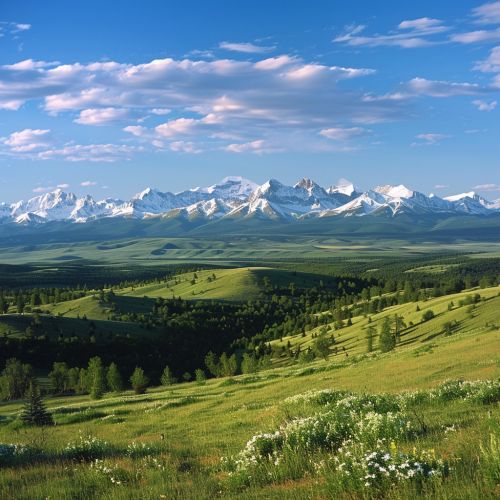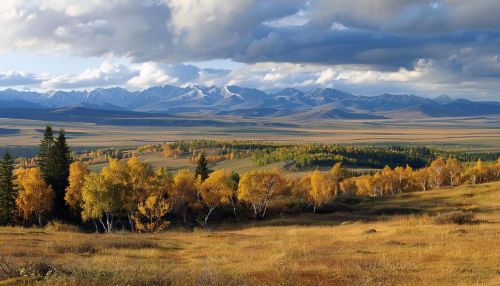Russian Federation
Geography
The Russian Federation is the largest country in the world, covering more than one-eighth of the Earth's inhabited land area. It spans eleven time zones and a wide range of environments and landscapes, from deserts to semiarid steppes, deep forests, and arctic tundra.


History
The history of Russia begins with the East Slavs. The traditional beginning of Russian history is the establishment of Kievan Rus', the first united Eastern Slavic state, in 882. The state adopted Christianity from the Byzantine Empire in 988, beginning the synthesis of Byzantine and Slavic cultures that defined Russian culture for the next millennium.
Government and Politics
The Russian Federation is a federal semi-presidential republic. The President is the head of state, and the Prime Minister is the head of government. The government exercises executive power, while legislative power is vested in the government, the two chambers of the Federal Assembly and the President.
Economy
Russia has a mixed economy with state ownership in strategic areas of the economy. It is one of the world's largest exporters of natural resources, including oil, natural gas, metals, and timber. The country has a well-developed and diverse industry, with leadership in many sectors, such as energy, heavy machinery, aerospace, and arms industry.
Culture
Russian culture has a rich history, steeped in literature, ballet, painting, and classical music. The country is known for its rich folk culture and its internationally renowned cultural figures, such as authors Leo Tolstoy and Fyodor Dostoevsky, composer Pyotr Ilyich Tchaikovsky, and ballet dancer Rudolf Nureyev.
